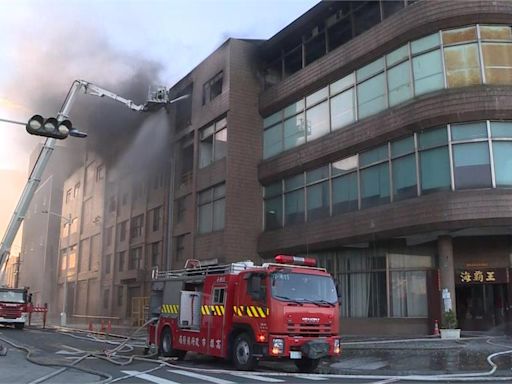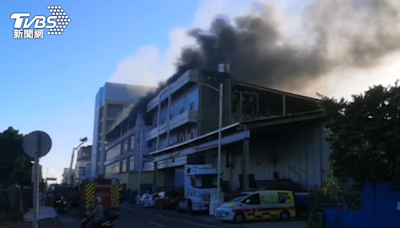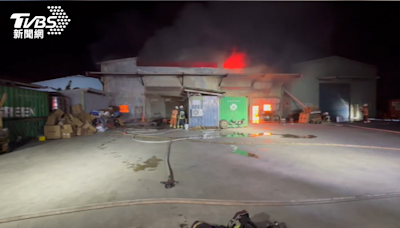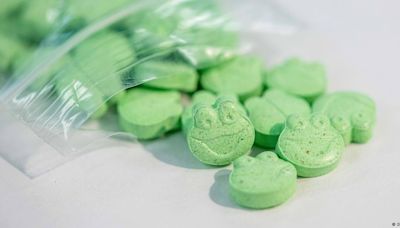搜尋結果
Although chemicals were made and used throughout history, the birth of the heavy chemical industry (production of chemicals in large quantities for a variety of uses) coincided with the beginnings of the Industrial Revolution .
The European Chemicals Agency ( ECHA; / ˈɛkə / EK-ə) is an agency of the European Union working for the safe use of chemicals. It manages the technical and administrative aspects of the implementation of the European Union regulation called Registration, Evaluation, Authorisation and Restriction of Chemicals (REACH).
The Columbian Chemicals plant explosion was a hoax claiming an explosion at a chemical plant in Centerville, St. Mary Parish, Louisiana. On September 11, 2014, reports of an alleged explosion were sent to local residents via text messages and spread through various social media. [1] .
Chemical hazards are hazards present in hazardous chemicals and hazardous materials. Exposure to certain chemicals can cause acute or long-term adverse health effects. Chemical hazards are usually classified separately from biological hazards (biohazards).
Hydrogen peroxide is a chemical compound with the formula H 2 O 2. In its pure form, it is a very pale blue [5] liquid that is slightly more viscous than water. It is used as an oxidizer, bleaching agent, and antiseptic, usually as a dilute solution (3%–6% by weight) in water for consumer use and in higher concentrations for industrial use.
Polymer chemistry is a sub-discipline of chemistry that focuses on the structures of chemicals, chemical synthesis, and chemical and physical properties of polymers and macromolecules.
Polyethylene glycol ( PEG; / ˌpɒliˈɛθəlˌiːn ˈɡlaɪˌkɒl, - ˈɛθɪl -, - ˌkɔːl /) is a polyether compound derived from petroleum with many applications, from industrial manufacturing to medicine. PEG is also known as polyethylene oxide ( PEO) or polyoxyethylene ( POE ), depending on its molecular weight.





